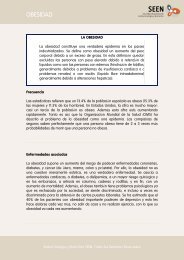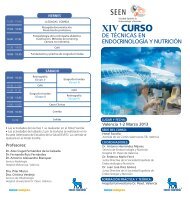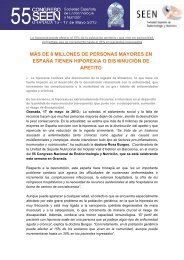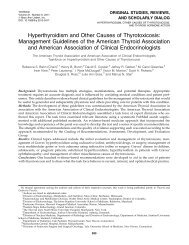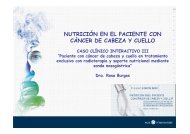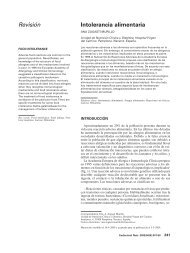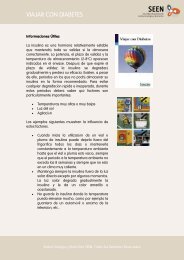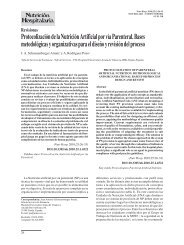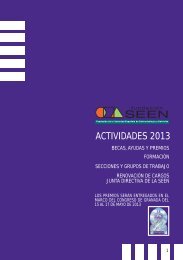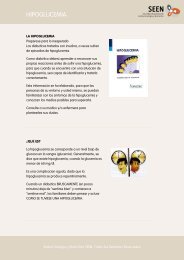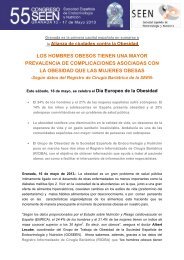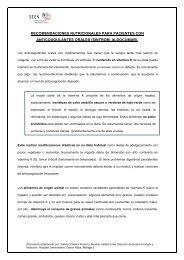Basic Concepts of Fluid and Electrolyte Therapy
Basic Concepts of Fluid and Electrolyte Therapy
Basic Concepts of Fluid and Electrolyte Therapy
You also want an ePaper? Increase the reach of your titles
YUMPU automatically turns print PDFs into web optimized ePapers that Google loves.
Recovery<br />
The first signs <strong>of</strong> recovery from oliguric AKI may be an increase in<br />
urine output. Alternatively recovery may be heralded by a reduction in<br />
the rise in the daily serum creatinine followed by a plateau in its value<br />
prior to a fall. Recovery from AKI can result in a polyuric state in some<br />
patients with the production <strong>of</strong> large urine volumes until the capacity<br />
<strong>of</strong> the renal tubule to concentrate urine returns. There must therefore<br />
be careful attention to the patient’s volume status <strong>and</strong> fluid requirements.<br />
Patients can be at risk <strong>of</strong> developing a free water deficit which manifests<br />
as hypernatraemia <strong>and</strong> requires an increased intake <strong>of</strong> water<br />
(intravenous 5% dextrose if unable to take water orally). Failure to<br />
address the free water deficit promptly will not only slow renal recovery<br />
but will also put the patient at risk <strong>of</strong> neurological complications.<br />
Another potential complication is the development <strong>of</strong> hypokalaemia,<br />
which requires appropriate therapy due to the risk <strong>of</strong> cardiac arrythmias<br />
<strong>and</strong> ileus. A balanced crystalloid containing potassium is recommended<br />
in this clinical context. If further potassium is required consider<br />
infusing dextrose saline (4%/0.18%) with added potassium<br />
93




